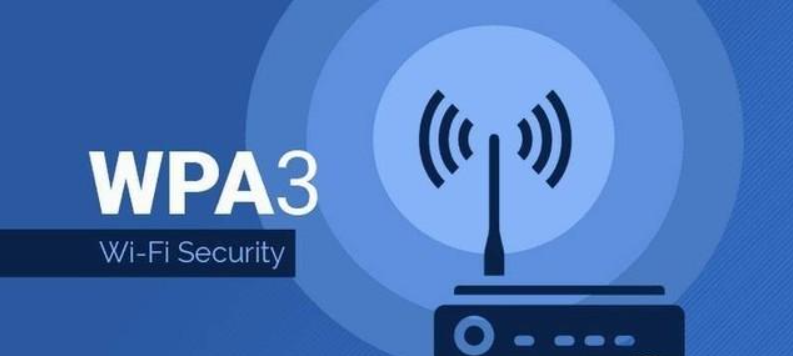
By admin Date of issue: Sep 12,2023
WPA (Wi-Fi Protected Access) is a security protocol and technology used to protect wireless local area networks (Wi-Fi). It is an improved version of WEP (Wired Equivalent Privacy), designed to improve the security of Wi-Fi networks to protect users' data from unauthorized access and attacks.

In the digital age, Wi-Fi networks have become an indispensable part of our lives and work. However, with the widespread application of wireless networks, network security issues have become increasingly prominent. In order to protect users' privacy and data from unauthorized access, the Wi-Fi Protected Access (WPA) protocol came into being, providing important security for Wi-Fi networks.
History of WPA
The development background of WPA can be traced back to the early Wi-Fi security protocol, namely Wired Equivalent Privacy (WEP). Although WEP was the first widely adopted Wi-Fi security protocol, it was quickly cracked by attackers, leading to data leaks and unauthorized access. In order to solve these problems, WPA came into being.
How WPA works
WPA improves the security of Wi-Fi networks by using stronger encryption algorithms and dynamic key management. It uses the Temporal Key Integrity Protocol (TKIP) or Counter Mode with Cipher Block Chaining Message Authentication Code Protocol (CCMP) encryption protocol to protect data transmission. TKIP is the encryption protocol commonly used in WPA, while CCMP became standard in WPA2 and WPA3.
WPA supports two main authentication methods: Pre-Shared Key (PSK, pre-shared key) and Extensible Authentication Protocol (EAP, extensible authentication protocol). PSK requires users to enter a pre-shared password before connecting to the network, while EAP allows for a more complex authentication mechanism and is typically used in enterprise networks.
The evolution of WPA2 and WPA3
WPA2 is an evolved version of WPA, which introduces stronger encryption standards and stronger authentication methods, effectively strengthening the security of Wi-Fi networks. WPA3 is the next generation of WPA2, providing more security features, such as stronger cryptography algorithms, better protection mechanisms, and the ability to protect public networks.
Security improvements
WPA and its subsequent versions mainly improved the security of Wi-Fi networks and closed many loopholes in WEP. This makes it more difficult for attackers to breach the network and access unauthorized data. Users and organizations should prioritize WPA2 or WPA3 to increase the security of Wi-Fi networks and ensure that network passwords are regularly updated to reduce potential risks.
Overall, WPA is an important part of Wi-Fi network security, which ensures that we can enjoy fast and convenient connections in wireless networks while protecting our privacy and data security. As technology continues to evolve, we can expect Wi-Fi security to continue to improve to meet growing cybersecurity challenges. Therefore, it is crucial to stay current on new security standards and best practices to ensure our Wi-Fi networks remain secure at all times.
ADD:116 ChengYang Road, XiangCheng District, SuZhou City,JiangSu Province, China
Skype:sunbenku1
Email:support@wallystech.com
Copyright © 2020 Wallys Communications (Suzhou ) Co., LTD Sitemap



